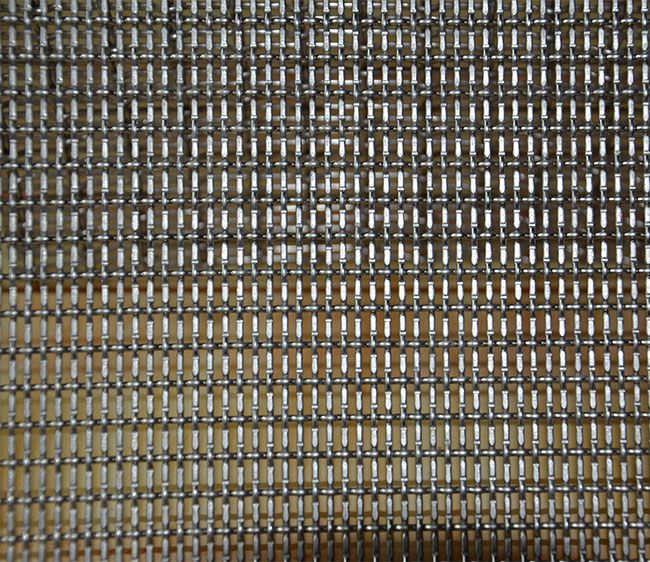Ліст . 20, 2024 18:07 Back to list
chain link fence repair
Chain Link Fence Repair A Guide to Maintaining Your Property's Integrity
Chain link fences are a popular choice for both residential and commercial properties due to their durability, affordability, and low maintenance requirements. However, like any outdoor structure, they can suffer from wear and tear over time. Whether it's due to severe weather conditions, impacts from vehicles, or simple aging, a damaged chain link fence can compromise your property's security and aesthetic appeal. Understanding how to repair these fences can save you time, effort, and money.
Assessing the Damage
The first step in chain link fence repair is a thorough assessment of the damage. Walk along the entire length of the fence to identify any issues. Common problems include
- Torn or Rusted Sections Over time, chain link fabric can tear or develop rust, weakening its structure. Pay special attention to the lower sections, where debris and moisture can accumulate. - Loose or Damaged Posts The fence posts can become loose or damaged due to ground movement or external force, which can cause the fence to lean or sag.
- Bent or Broken Rails The horizontal rails may bend or break, requiring replacement or repair to ensure the fence remains upright and functional.
Once all damages are assessed, you can decide what parts need repairing or replacing.
Required Tools and Materials
Before starting the repair, collect all necessary tools and materials to make the process smoother
. You will generally need- Wire cutters - Pliers - Replacement chain link fabric - Replacement posts or rails as needed - Post hole digger (if replacing posts) - Concrete mix (for securing new posts) - Gloves and safety goggles for protection
Repairing Chain Link Fabric
chain link fence repair

If you find only minor tears in the chain link fabric, you might be able to mend them instead of replacing the entire section. Use wire to weave through the links to reattach torn sections. For more significant damage, cut out the affected section using wire cutters, and then use a patch of new chain link fabric to cover it. Secure this patch using tie wires, ensuring it's taut and resilient.
When replacing an entire section, first measure the length needed and acquire an appropriate length of chain link fabric. Release the tension on the existing fabric, remove the damaged section, and install the new fabric using tension bars and tie wires.
Fixing Fence Posts
If the posts are loose, you can usually reset them rather than replacing them entirely. First, remove any dirt or debris from around the base of the post. If it’s still stable, you can pack gravel or dirt tightly around the post to provide support. For severely damaged posts, you might need to remove the old post completely. Use a post hole digger to create a new hole, and secure the new post using concrete.
Replacing Rails
If you find that the horizontal rails are bent or broken, they will need to be replaced. Start by removing all affected rail sections. Use a hacksaw to cut away rusted or damaged portions, then install new rails with the appropriate fittings, ensuring they are level and properly aligned.
Final Touches
Once repairs are complete, inspect the entire fence again to ensure everything is secure and properly fitted. It can also be beneficial to paint the metal parts with rust-resistant paint or sealant to prolong their lifespan against weathering. Regular maintenance, including cleaning and periodic inspections, will help enhance the durability of your chain link fence.
Conclusion
Repairing a chain link fence is a manageable DIY task that can significantly benefit your property. By understanding the types of damage that can occur and knowing how to assess and repair those issues, you can restore your fence to optimal condition. This not only helps maintain the value of your property but also ensures the security and safety of your surroundings. With the right tools and a bit of effort, you can effectively handle most chain link fence repairs.
share
-
High-Quality Screen Stone for Modern Stone Screen Walls Elegant Facade Solutions
NewsJun.10,2025
-
High Quality Wire Filter – Cheap Stainless Steel Filter Wire Mesh Cloth & Wire Mesh Filter Solutions
NewsJun.10,2025
-
5 Micron Water Filter Cartridge - Premium Sediment Filtration, Universal Fit
NewsJun.10,2025
-
High Quality CE-Certified Gabion Boxes with OEM Options
NewsJun.10,2025
-
20x20x2 Air Filter High-Efficiency Dust Filtration for Clean Air
NewsJun.10,2025
-
Decorative Metal Mesh for Radiator Covers Custom Durable Mesh Panels
NewsJun.10,2025

